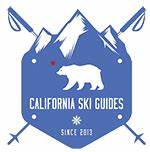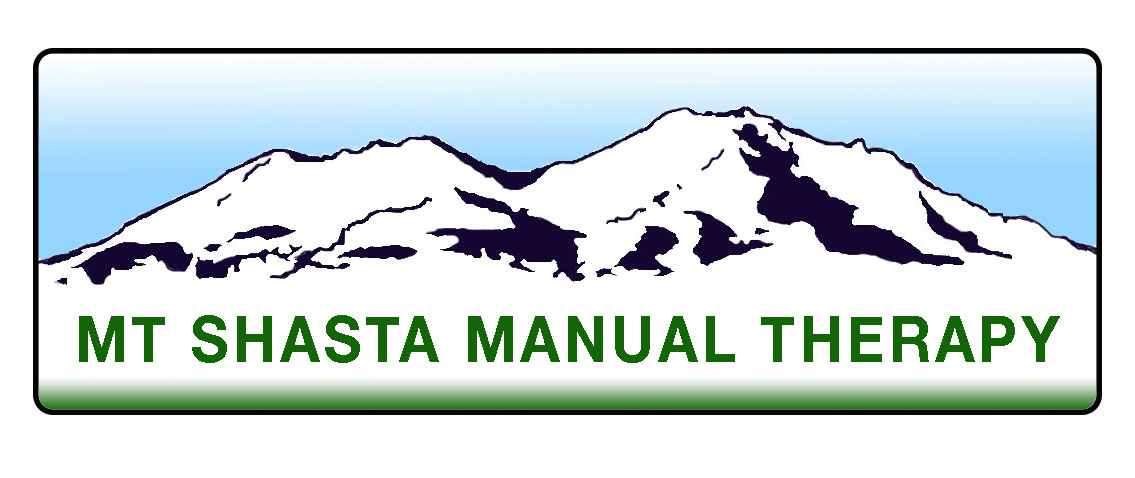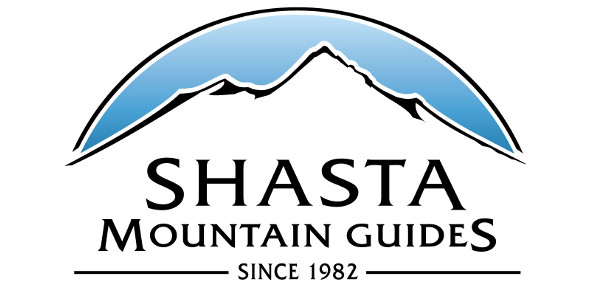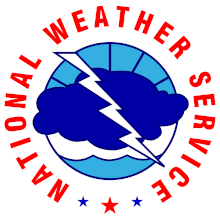You are here
Avalanche Advisory for 2014-03-30 06:43:28
- EXPIRED ON March 31, 2014 @ 6:43 amPublished on March 30, 2014 @ 6:43 am
- Issued by Nick Meyers - Shasta-Trinity National Forest
Bottom Line
The avalanche danger is MODERATE with pockets of CONSIDERABLE for near and above treeline wind and storm slabs (>8,000 ft) on all slopes, steeper than 30 degrees.
Below treeline, all aspects, the avalanche danger is LOW.
Avalanche Problem 1: Storm Slab
-
Character ?

-
Aspect/Elevation ?

-
Likelihood ?CertainVery LikelyLikelyPossible
 Unlikely
Unlikely -
Size ?HistoricVery LargeLargeSmall

Storm slabs exist on all aspects and elevations and triggering said storm slabs will be touchy for the next 24 - 48 hours.
Avalanche Problem 2: Wind Slab
-
Character ?

-
Aspect/Elevation ?

-
Likelihood ?CertainVery LikelyLikelyPossible
 Unlikely
Unlikely -
Size ?HistoricVery LargeLargeSmall

Wind slabs have formed on leeward slopes, all aspects. Human triggered avalanches will be possible on slopes steeper than 30 degrees at upper elevations (>8,000 feet). New wind slabs could be 2+ feet thick in the more heavily wind loaded areas, and avalanche size could be easily large enough to bury or injure a person.
Avalanche Problem 3: Cornice
-
Character ?

-
Aspect/Elevation ?

-
Likelihood ?CertainVery LikelyLikelyPossible
 Unlikely
Unlikely -
Size ?HistoricVery LargeLargeSmall

Small to large size cornices have formed near ridgetops and bowls over the past week and have been easy to trigger. Stay on terra firma when scoping your line or climbing ridge routes!
Recent Observations
Update: 3-31-14
High intensity snowfall over the last 12 hours has created areas of wind and storm slabs. Storm slabs were easily triggered on a 35 degree, northwest slope near treeline today. Snowfall is expected to continue through tonight. Storm and wind slabs will be most sensitive to trigger for the next 24-48 hours and could be small to large in size. Use caution at all elevations and aspects.
-----------------------
The past weeks storm cycle has brought 1-2 feet of new snow above 6,000 feet on Mt Shasta. Warm daytime temperatures and solar radiation followed by cool night have helped consolidate and stabilize the snowpack. A surface crust has formed on many aspects and elevations due to solar heating which has made the skiing less than perfect, but I havn't heard to many folks complaining! No signs of slab instability were observed visually or through formal snowpit tests in the last three days. West/Northwest winds were cranking yesterday at mid and upper mountain elevations and doing a fine job transporting snow. Wind loading and new wind slab formation will be the biggest concern for today on easterly aspects. Corniced ridgelines will also be a factor. Small to large size cornices are hanging out along ridgelines and near the tops of bowls. Stay on terra firma when scoping your line or climbing!
For climbers, conditions have been excellent on all routes. With the recent new snow however, be sure to check the avalanche advisory. Further, over snow travel with the new snow will be difficult (post-holing) without snowshoes or skis at this time. The season for climbing Mt Shasta is going to be shifted forward this year. On a normal year with ample snow on the ground, good climing conditions usually start in April and can go all the way into July sometimes. This year is not the case...the best conditions to climb Shasta this year will be NOW through April and potentially May. The extent of good climbing conditions will hinge on our Spring weather. More snow could potentially extend the season and warm days with shining sun will shorten it. While the mountain looks like it's got a thick blanket of snow on it, in reality there is only about 2-5 feet of snow on the ground, depending on aspect and elevation. Good climbing conditions, in general, means snow on the mountain. As the snow melts, rockfall increases and a climb of Shasta becomes more dangerous. All in all, sooner than later will be best for climbing Shasta. Check the climbing advisory on our webpage also!
PLEASE NOTE: Snow conditions on most routes are smooth and firm, especially in the AM hours. Conditions as such have lead to accidents due to slip/falls and failure to self arrest. A slip and fall on smooth, firm and sometimes icy snow can result in a slide for life on the steeper slopes of Mt Shasta. Self arrest skills with an ice axe and proper crampon use are essential for a safe climb. Do not under estimate the importance of proper knowledge and skills with your ice axe/crampons/self arrest techniques. Further, an avalanche beacon, shovel and probe are recommended for any climbers attempting Shasta currently. Lastly, with snow on mountain, the rockfall danger has been low. However, rime ice can plaster exposed rocks on Shasta this time of year. As the days warm, the rime ice will flake off and fall onto climbers below, especially on the Avalanche Gulch route. Ice is like a rock and a HELMET should always be worn.
Aerial photo of the South side of Mt Shasta, taken by local pilot Troy Bainbridge about 2 weeks ago.

---------------------------------------------------------------------------------------------------------------------------------------------------------------
While Northgate, Brewer Ck and Clear Ck trailheads are officially closed, the bathrooms are still open with packout bags inside, and one can still access the Mt Shasta Wilderness. However, your summit pass and wilderness permits must be purchased at McCloud or Mt Shasta Ranger Stations. NO DOGS are allowed in the Mt Shasta Wilderness OR Sierra Club Property. Thanks!
---------------------------------------------------------------------------------------------------------------------------------------------------------------
Terrain: Remember most of the terrain that we like to play on is greater than 30 degrees. Avalanches are possible on anything steeper than 30 degrees. Avoid cornices, rock bands, terrain traps and runout zones of avalanche paths.
Weather: Most of our areas avalanche danger will occur 24-48 hours after a storm. We still can see persistent weak layers from time to time and we always will be sure to let you know about that! Heed the basic signs: Wind (significant snow transport and depositions), Temperature (rain/snow/rain/snow, which in turn weakens the snowpack), and Precipitation (Snow or rain add weight and stress to the current snowpack).
Snowpack: If snow accumulates, give the snowpack a chance to adjust to the new snow load before you play on or near steep slopes (greater than 30 degrees). Most direct action avalanches occur within 24-48 hours of recent snowfall. Watch for obvious signs of snowpack instability such as recent natural avalanche activity, collapsing of the snowpack (often associated with a “whumphing” sound), and shooting cracks. If you see these signs of instability, limit your recreation to lower angle slopes.
Human Factor: Don’t forget to carry and know how to use avalanche rescue gear. You should NOT be skiing or climbing potential avalanche slopes without having beacons, shovels, and probes. Only one person in a group should be exposed to potential avalanche danger at a time. Remember, climbing, skiing, and riding down the edge of slopes is safer than being in the center. Just because another person is on a slope doesn’t mean that it is safe. Be an individual! Make your own decisions. Heed the signs of instability: rapid warming, “whumphing” noises, shooting cracks, snowing an inch an hour or more, rain, roller balls, wind loading, recent avalanche activity.
Weather and Current Conditions
Weather Summary
In Mt Shasta City this morning at 0500, we have cloudy skies with a current temperature of 34F.
On Mt Shasta (South Side) in the last 24 hours...
Old Ski Bowl - 7,600 feet. The Old Ski Bowl weather station has a trace of new snow in the last 24 hours with a storm total of 1-2 feet. The current temperature is 20F with a low of 18F and a high of 29F. Total snow depth is 67 inches.
Gray Butte - 8,000 feet - The current temperature is 17F. Temps have ranged from a low of 17F to a high 29F. Winds have been blowing out of the West/Northwest, averaging 15 mph with max gusts topping out at 42 mph from the WNW.
Castle Lake and Mt Eddy (West side of I-5)...
Castle Lake - 5,600 feet, the current temperature is 26F with a low of 26F and a high of 41F. Castle Lake has received a trace of new snow and hosts a current snowpack of 0-4 inches.
Mt Eddy - 6,500 feet, the current temperature is 24F with a low of 24F and a high of 37F. Mt Eddy has received no new snow and the current snow depth total is 23 inches. Storm total amounts are up to 15 inches. Winds have averaged 1 mph, southeast, with gusts to 7 mph from the south/southeast.
THIS SEASON: Since September 1st , we have received 12.48 inches of water, normal is 35.87 inches, putting us at 34% of normal. For the year of 2014, Mt Shasta has received 9.66 inches of water with normal being 19.99 inches which puts us at 48% of normal. And lastly, for March we sit at 63% of normal, receiving 3.62 inches of water, normal is 5.70 inches.
WEATHER SYNOPSIS:
Mother Nature has been working on a miracle for the end of March in Shasta this past week, though not quite miracle status yet. Our recent storm cycle will take a short break today and then re-boot Monday. This system is not incredibly strong, but with colder temperatures in place, will likely bring snow down to Mt Shasta City. Water amounts are predicted to be just under a 1/2", which could mean 4-6 inches of snow on the mountain. Wednesday looks to be dry, then another weak system will move in toward the tail end of the work week.
Always check the weather before you attempt to climb Mt Shasta. Further, monitor the weather as you climb. Becoming caught on the mountain in any type of weather can compromise life and limb.
| 0600 temperature: | 20 |
| Max. temperature in the last 24 hours: | 29 |
| Average wind direction during the last 24 hours: | West/Northwest |
| Average wind speed during the last 24 hours: | 15 mi/hr |
| Maximum wind gust in the last 24 hours: | 42 mi/hr |
| New snowfall in the last 24 hours: | trace inches |
| Total snow depth: | 65-70 inches |
Two Day Mountain Weather Forecast
Produced in partnership with the Medford NWS
| For 7000 ft to 9000 ft | |||
|---|---|---|---|
|
Sunday (4 a.m. to 10 p.m.) |
Sunday Night (10 p.m. to 4 a.m.) |
Monday (4 a.m. to 10 p.m.) |
|
| Weather | Mostly cloudy, chance of snow showers | Mostly cloudy, chance of snow showers | Snow likely after 11am |
| Temperature (°F) | 33 | 22 | 29 |
| Wind (mi/hr) | West/Northwest, becoming South 5-10 mph | South/southeast 10-15 mph | South 5-15 mph |
| Precipitation SWE / Snowfall (in) | / 1-2 | / 1-3 | / 3-7 |
| For 9000 ft to 11000 ft | |||
| Sunday | Sunday Night | Monday | |
| Weather | Mostly cloudy, chance of snow showers | Mostly cloudy, chance of snow showers | Snow likely, mainly after 11am |
| Temperature (°F) | 20 | 13 | 20 |
| Wind (mi/hr) | West/Northwest, becoming south/southwest 20-30 mph | South/Southwest 1-2 | South 20-30 mph, increasing |
| Precipitation SWE / Snowfall (in) | / 1-2 | / 1-3 | / 5-9 |


























































